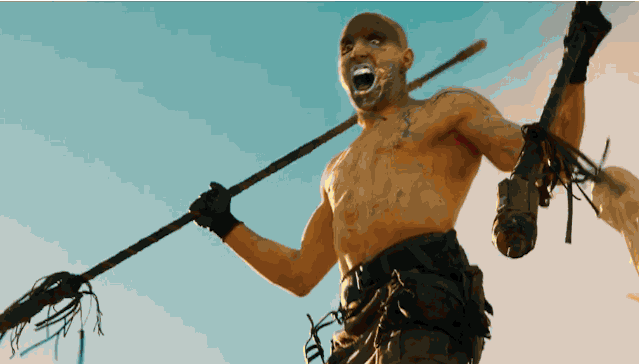Taste and South Park.
A persons “taste” in Television is the types of programs and shows they enjoy, and how they measure up in a perceived hierachry of quality, either individual opinions or a more roughly defined social standing point on how it fits into high or low culture. Having “good taste” means enjoying and engaging with programs that fit the accepted “canon” of whichever group the discussion is taking place (ranging from your own self assessment of taste, a group of peers or society at large). Having bad taste “one simply must consistently make choices which offend offend those with good taste” (Brooks, 1982 pp. 9)
South Park is a Comedy Central long running animated comedy show, created by Trey Parker and Matt Stone. The series is known for both its simplistic (fake)paper-cutout style animation and its crude, outrageous and politically incorrect subject matter, and the latter is the subject of most of the discussion about the show.
The show has been the topic of many debates about taste, including whether or not the shows humour is in good taste, and if the show itself is worth looking at from any angle other than the lowest form of entertainment. Early into South Park’s life, it was already contenscious and “a few critics have blasted it as “witless,” “lame,” “gross and unfunny” (Span, 1997).
Over its 18 (19 currently airing) seasons, these type of criticisms have been common place for South Park, and it has garnered a reputation and stigma of being something only designed for teenagers, and not to be payed any attention by those who have “good taste”. This is a reaction to South Park’s vulgar language and obscene content, which are seen by many as immature and beneth them.
However, the series is not universally regarded as an example of low culture, and over the almost two decades that South Park has been on the air, countless academic or scholarly essays have been written about it, examining it in depth or using it as an example for a discussion point about an issue. Yet all these academic writings have one thing in common:
Quotes like these
“than its crudely stereotypical and even crassly juvenile depictions of the racial Other would suggest….” (Chidester, 2012).
“and (what I perceived to be) the general poor taste of the cartoon” (Richardson, 2004 pp. 692).
And many more, similar variations appear across almost every academic piece of writing done about South Park, even though the authors are treating South Park as something worthy of study, they are writing as if they are the only ones doing so. Even if South Park isn’t thought of as low culture, it is assumed everyone else thinks of it that way. It is so widely accepted in society that South Park is low culture and poor taste in television, that any deviation from that needs a disclaimer.This pre-concived notion that there is nothing of cultural value in South Park is the reason for the surprised and almost amazed tone of articles and papers which look into South Park and examine its connection modern day culture and relation to such issues as race or language.
This provides an interesting look at the narrowing of the gap between high and low culture, which over time are gradually becoming indistinct (at least in the eyes of academics). South Park works as an examples that a television program, or any piece of artwork, can be crude and low-brow, yet also worthy of the time and study by academics and not nesisarily thought of as bad taste.
References:
Richardson, K. 2004. “Addicted to democracy: South Park and the salutary effects of agitation (reflections of a ranting and raving South Park junkie)”. Journal of Adolescent and Adult literacy, Vol. 47(8), pp. 692-697
Span, P. 1997. “On the Cussing Edge; `South Park’ Pushes the Taste Envelope”, The Washington Post, D.C.
Chidester, P. 2012. “Respect My Authori-tah”: South Park and the Fragmentation/Reification of Whiteness”, Critical Studies in Media Communication. Vol. 29(5).
Brooks, W. 1982. “On Being Tasteless”. Popular Music 2. Cambridge University Press. pp. 9–18.
















